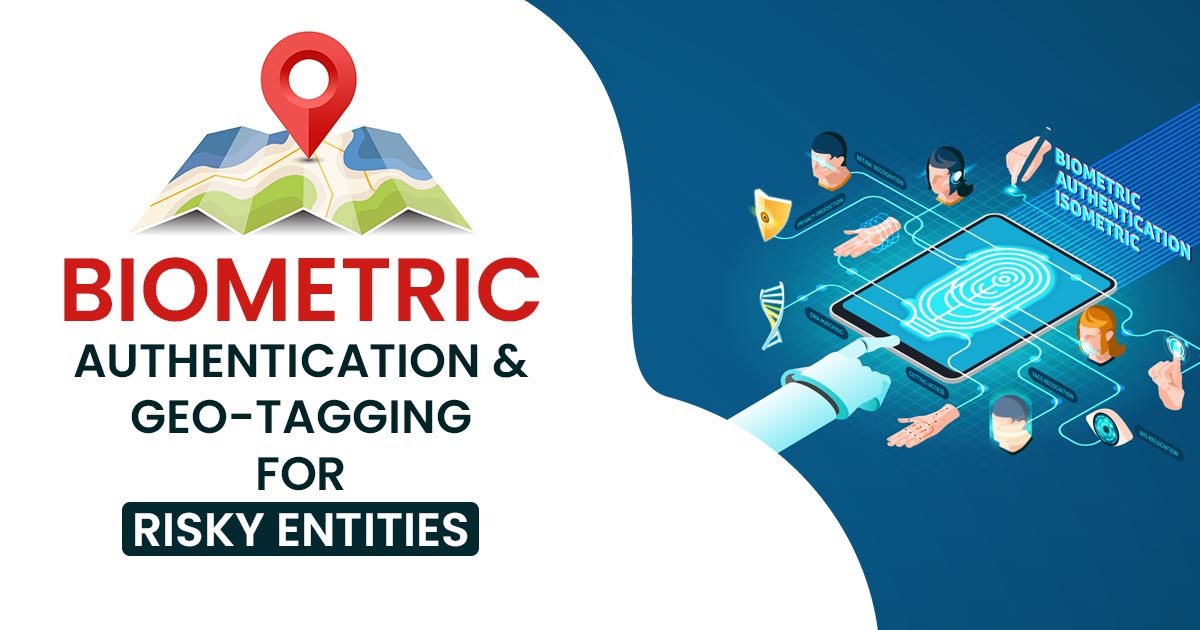
In an effort to combat the pervasive issue of fake GST registration, the Central Board of Indirect Taxes and Customs (CBIC) is considering the implementation of biometric authentication and geo-tagging for high-risk entities operating under the GST system. Additionally, tax authorities are contemplating the reinforcement of regulations within the GST return filing framework to restrict the potential for unwarranted claims of the Income Tax Credit (ITC).
CBIC’s decision to pursue these measures stems from the increasing number of fake GST registrations that exploit the PAN and Aadhaar details of unsuspecting individuals, said CBIC chief Vivek Johri.
During CBIC’s ongoing campaign against bogus GST registrations, GST officers have detected around 12,500 spurious entities across India, which have been utilized to falsely claim ITC and defraud the exchequer.
Under the proposed plan, individuals acting as authorized representatives or directors of both newly applying companies and existing registered firms would be obligated to undergo biometric authentication. This requirement would be triggered if tax officials possess reasonable suspicions that these entities have been established solely to deceitfully claim ITC benefits.
Geo-tagging is Mandatory for Entities
Additionally, CBIC officials intend to mandate entity geotagging for all GST-registered businesses. Officers will use geotagging to verify the address provided by businesses during their GST registration.
The agency has already tested biometric verification and geo-tagging in a few states to determine their effectiveness and effects. Once the trial project’s results have been assessed, the program will be launched over all of India.
“We are trying to see how we can tighten the system further…We have been using OTP-based authentication earlier. Now, we are going to go in for biometric authentication also. Which would mean that in suspicious cases, persons will be asked to go to an Aadhaar centre to have their biometrics verified,” Johri stated.
Read Also: Protean & UTIITSL Accept Biometric Authentication for PAN-Aadhar Demographic Mismatches
CBIC uncovered rampant bogus entities in Haryana, Rajasthan, and Delhi In states like Haryana, Rajasthan, and Delhi the rampant bogus entities were discovered Vivek Johri stated. There would be bogus businesses with GST registration in some parts of Gujarat, Noida, Kolkata, Assam, Telangana, Tamil Nadu, and Maharashtra. The majority of bogus entities are from the sectors such as metal or plastic scrap and waste paper.
“We are also finding that it is being generated for services. So, manpower services and advertising services have instances of fake billing,” Johri stated.
Regarding preventing bogus ITC claims, Johri claimed that while the tax authorities have tightened the system, taxpayers still have some discretion over how much ITC they can claim in GSTR-2A.
He further stated that editing tools are also made available to IT aspirants. In order to decrease bogus applications, officers are also considering how to tighten existing regulations in ITC’s editing facilities.









